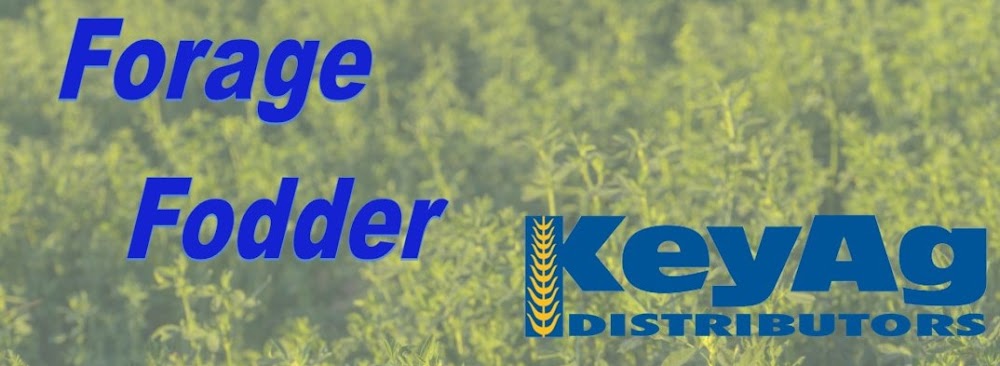Drivers include improvements to irrigation conditions and softening prices. Timothy hay will undergo headwinds from built-up inventories leading to less demand for new crop exports.
Dairies are waiting out high feed costs
Idaho dairies are operating with limited hay inventory, anticipating more affordable hay with the new crop. Milk prices have fallen substantially; the USDA projects Class III milk at $17.55 per cwt in 2023, down $4.39 per cwt from 2022. With dairies carefully managing all expenses, hay growers can expect continued hesitancy from dairies when purchasing hay.
Northwest hay trade slows while Montana benefits from Southern Plains demand
International buyers have substantial inventories and shipments from Seattle were down 21% year over year in January. In Montana, hay sales have remained steady and local ranchers are purchasing hay as needed. Most Montana hay sales are destined for the Southern Plains (Kansas, Nebraska, Oklahoma, Texas) and Colorado with low freight costs due to backhauling. Increased demand in the Southern Plains will likely continue if drought conditions worsen.
Northwest hay production set up for good year
The Northwest had average snowpack, which has led to a significant reduction in drought conditions. As of March 28, 2023, severe or worse drought covers less than 15% of the Northwest hay acres, a substantial improvement from 67% last year. However, conditions are not yet final with plenty of time left (and expected) for further improvements. Irrigated hay producers will likely have full access to water this season.
Chinese alfalfa demand supported 2022 record hay exports
Despite headwinds from Asian imports, Chinese alfalfa demand kept the 2022 U.S. hay export market stable. The combination of a strong U.S. dollar (which means it’s more expensive to purchase U.S. currency), elevated hay prices, and record shipping container costs moderated demand, outpricing many Asian countries from buying U.S. hay. However, heightened Chinese purchases, up 4.6% from 2021, supported record alfalfa export volumes. Covid recovery increased Chinese meat and dairy demand, leading to greater hay imports. Over 50% of China-bound alfalfa is shipped out of Seattle, supporting higher prices for high-quality Northwest hay. However, strong dependence on Chinese exports also poses risks as strains to Chinese-U.S. relations could greatly impact export markets.
Decreases in U.S. grass exports could change where international buyers source grass exports
The decrease in U.S. grass exports and downward hay price corrections could result in long-term changes in how importers purchase timothy hay. In 2022, total U.S. grass exports to all five major Asian destinations (Japan, South Korea, Taiwan, China and the U.A.E.) decreased by 16% year over year due to strong timothy prices and higher exchange rates. This leads importers to seek more affordable options from other countries. Although U.S. middle-grade timothy hay prices have since softened in 2023, the shift importers made in 2022 could have long-term impacts on their hay sources.
In anticipation of lower demand, Northwest hay growers will likely plant fewer timothy acres. Exporters in the Northwest with remaining timothy inventory may need to sell remaining product at a loss. Reduced export demand led to price correction for mid-grade timothy, which averaged $322 in mid-March, down 15.2% year over year. Timothy prices will decline this summer due to higher-than-normal inventories, which will carry over into first cutting.
Profitability
Hay price’s downward correction
Hay prices will soften from 2022 records, and the spread between feeder and dairy quality hay prices (which narrowed in 2022) will widen. National alfalfa prices decreased for the third consecutive month in January to $263 per ton. Northwest alfalfa prices are declining slowly, following the national trend. On March 17, 2022, Idaho export quality hay was only receiving a $20 premium over feeder hay due to strong demand for hay of any quality. The spread between premium alfalfa and good condition alfalfa has resumed to the historic $60-$80 per ton difference.
Cost of production is a mixed bag
Hay production costs experienced a significant increase in 2022, and although expenses are starting to decrease, they remain historically elevated. The main driver of the overall cost increase was fertilizer, followed by fuel and inflation. There has been some relief in fertilizer prices, but they remain elevated compared to 2021. While fuel prices on the West Coast have decreased from their peak in October, they are still up 7% compared to the previous year. The outlook for inflation is uncertain. Federal Reserve Chairman Powell indicated federal interest rates will likely increase further in 2023.
Hay slightly profitable, but faces headwinds
Softening hay prices and historically high production costs challenges hay growers' profitability, but most are still expected to make decent money. Hay growers will benefit from improvements in irrigation water, fewer drought concerns, and increased demand from the Southern Plains. For specialty hay growers (such as those producing horse-quality timothy hay), prices and demand will likely remain strong, resulting in high profitability. In 2022, timothy was profitable due to favorable prices. However, timothy hay growers may face lower prices due to built-up inventories and weakening trade demand, which will pressure prices and profits.



No comments:
Post a Comment